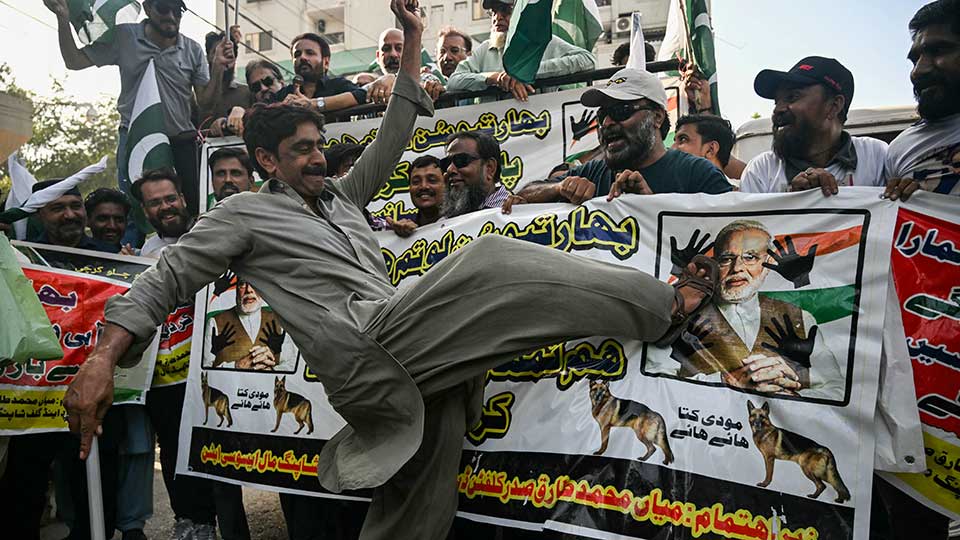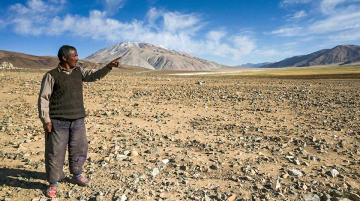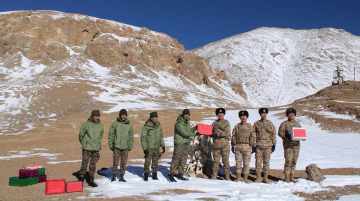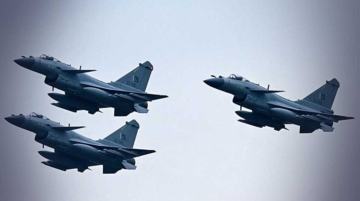
By Saniya Kulkarni
Tensions have escalated rapidly between India and Pakistan in the aftermath of a terrorist attack in Kashmir last week, resulting in the killing of 25 Indian tourists and one local. Indian security forces have attributed the attack to The Resistance Front (TRF), a shadow group of the Pakistan-based Lashkar-e-Taiba (LeT), after the TRF reportedly claimed responsibility initially, but denied involvement in days to follow.
New Delhi’s response to the attack has been swift, including the suspension of the Indus Waters Treaty of 1960, which has survived three wars between the neighbours. Considering this action ‘tantamount to war’, Pakistan in retaliation suspended the 1972 Simla Agreement, which established the Line of Control (LoC) as the de facto border separating Kashmir between the two. Both countries have expelled each other’s citizens, downgraded trade and diplomatic ties, and deployed forces along the border. Small-arms gunfire has been exchanged for six nights in a row.
Given that India and Pakistan are nuclear powers, observers have rightly been concerned about the escalation of the conflict. The U.S. has urged both to de-escalate and exercise maximum restraint. In the immediate aftermath of the attack, China released a statement condemning terrorism and offering condolences for the lives lost. Since then, Beijing has supported Pakistan’s call for an “impartial investigation” into the attack, while noting that as “an ironclad friend and all-weather strategic cooperative partner, China fully understands Pakistan’s legitimate security concerns and supports Pakistan in safeguarding its sovereignty and security interests”.
While China is likely to stay away from mediation attempts, it has been reported that an urgent delivery of PL-15, China’s long-range air-to-air missiles was made to equip the Pakistan Air Force’s (PAF) J-17 jets co-produced with China. This comes in light of India’s own $7.5 billion acquisition of 26 French Rafale Marine fighter jets, and the deployment of its aircraft carrier INS Vikrant in the Arabian Sea.
A major factor in Pakistan’s decision-making is Army Chief Asim Munir. In contrast to his predecessor Qamar Javed Bajwa, Munir has since his appointment in 2022 taken a more assertive stance vis-à-vis India. Knowingly or not, Munir drew attention to the wider issue a mere five days before the Pahalgam attack, when he invoked differences between Hindus and Muslims, and vowed never to “abandon Kashmiris in their struggle against Indian occupation”. Unsurprisingly, these comments sparked outrage in India.
Even though signs currently point towards some degree of kinetic escalation, the extent will be shaped by nuclear deterrence.
India adheres to the principle of No First Use, that is, never using nuclear weapons first, only in retaliation – Pakistan notably does not. In fact, it maintains “full spectrum deterrence”, holding the right to decide whether its response to an attack will be reciprocal, or could escalate to nuclear warfare.
While India’s Cold Start doctrine is put in place specifically to combat this scenario, New Delhi is well aware of the risks a full-scale offensive poses, not just to itself but also to its already unstable neighbourhood. It is likely that targeted, surgical strikes will be India’s modus operandi in retaliation to militant attacks, similar to previous instances such as Uri in 2016 and Pulwama in 2019.
With three nuclear-armed neighbours with underlying tensions for the better part of six decades, South Asia presents a unique landscape – and a stellar example of deterrence. Despite the occasional flare-up, India, Pakistan, and China have made consistent efforts to engage and normalise. China and India have recently made strides in thawing their relationship since the 2020 Galwan crisis. It will be interesting to see the role Beijing plays in the unfolding of the current crisis, with tensions rising in the South China Sea over Sandy Cay claims, its commitment to securing Pakistan, all while engaged in a trade war with the U.S.
The unpredictable nature of Trump 2.0 has inspired arguments that a new world order is emerging – more fragmented and characterized by multipolarity. This conflict perhaps offers a snapshot of this new geopolitical reality: rapid militarization, an increasing trust deficit, and divisive narratives.
Saniya Kulkarni is a program manager at LSE IDEAS.






